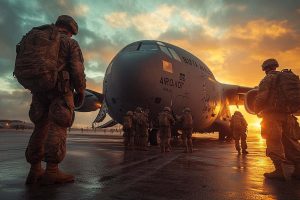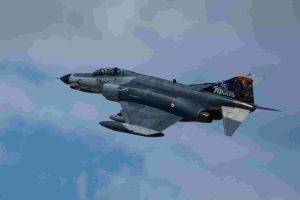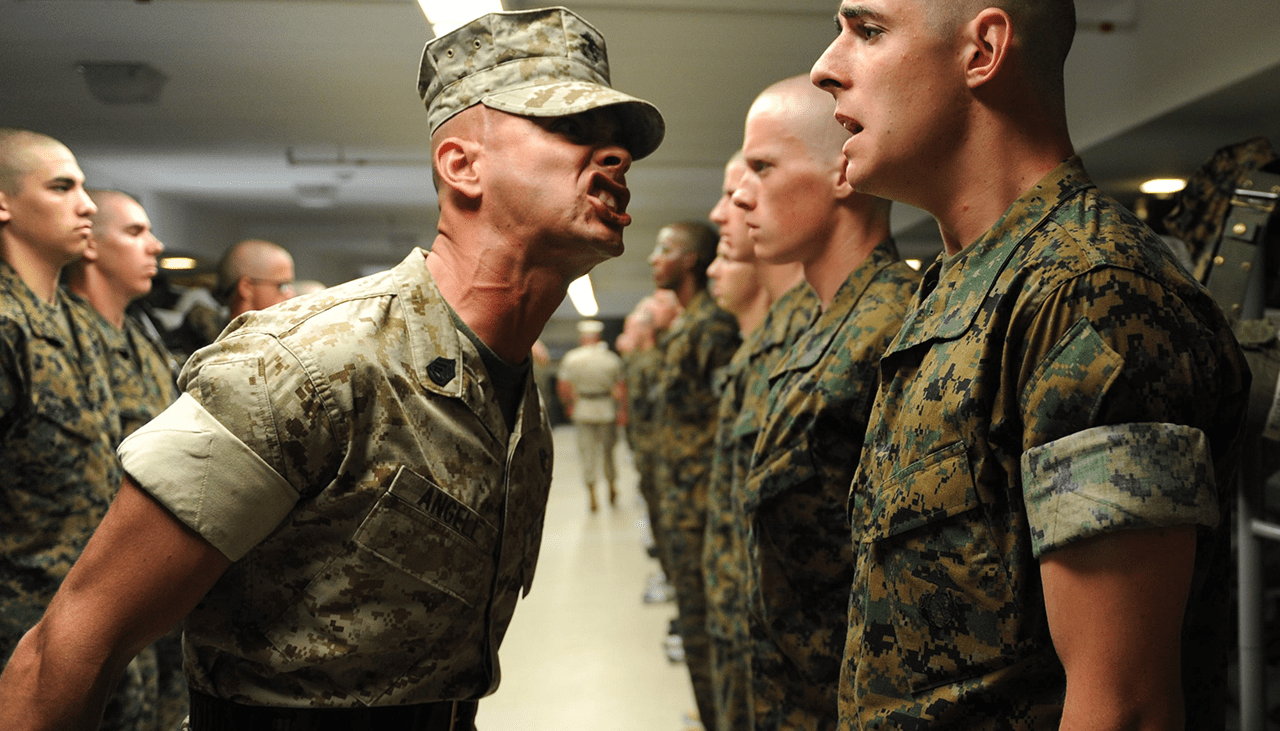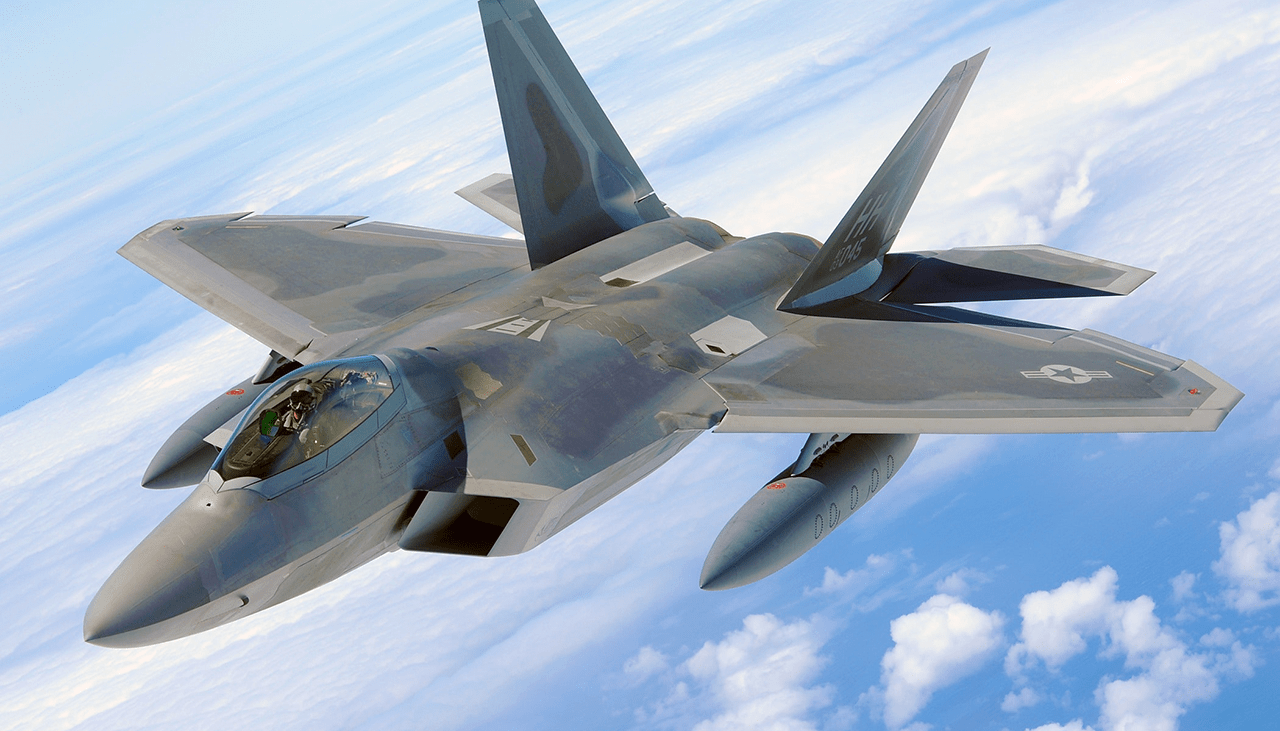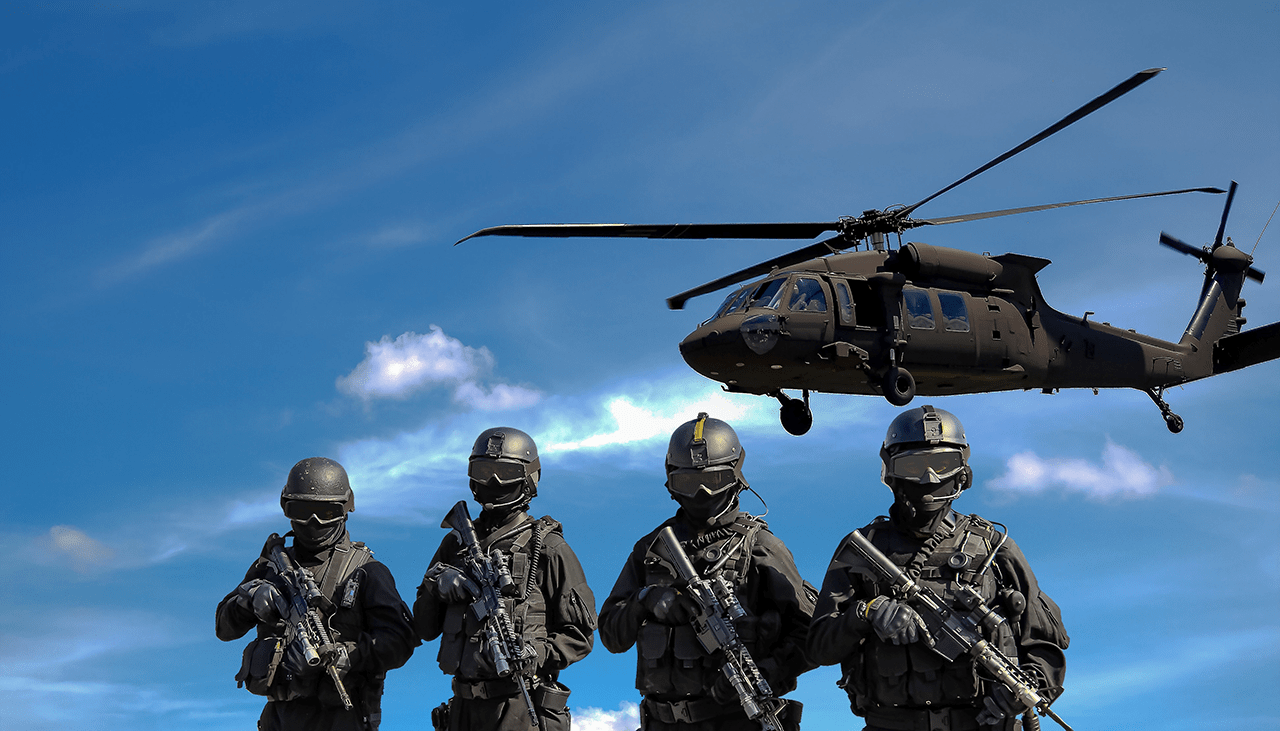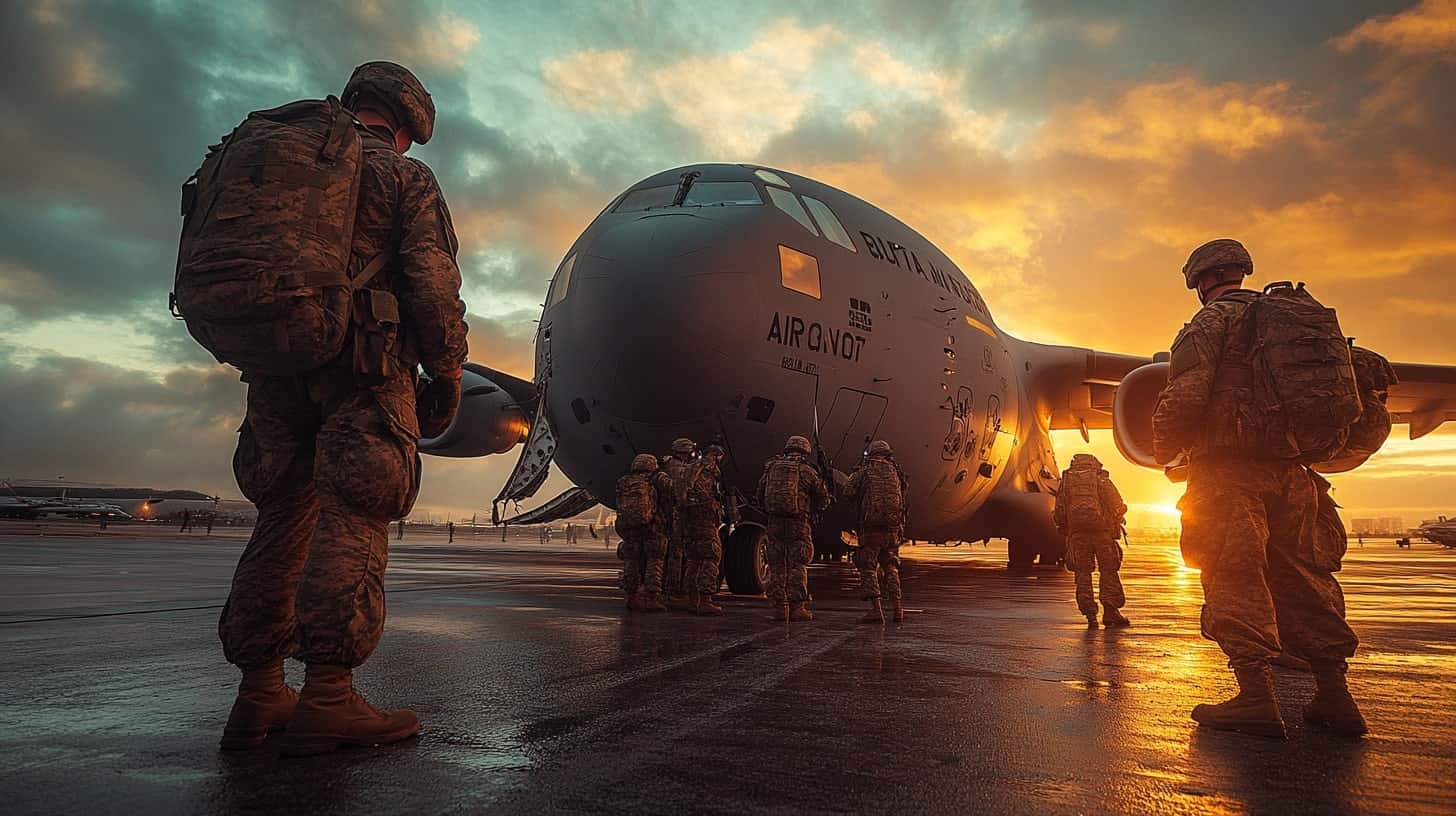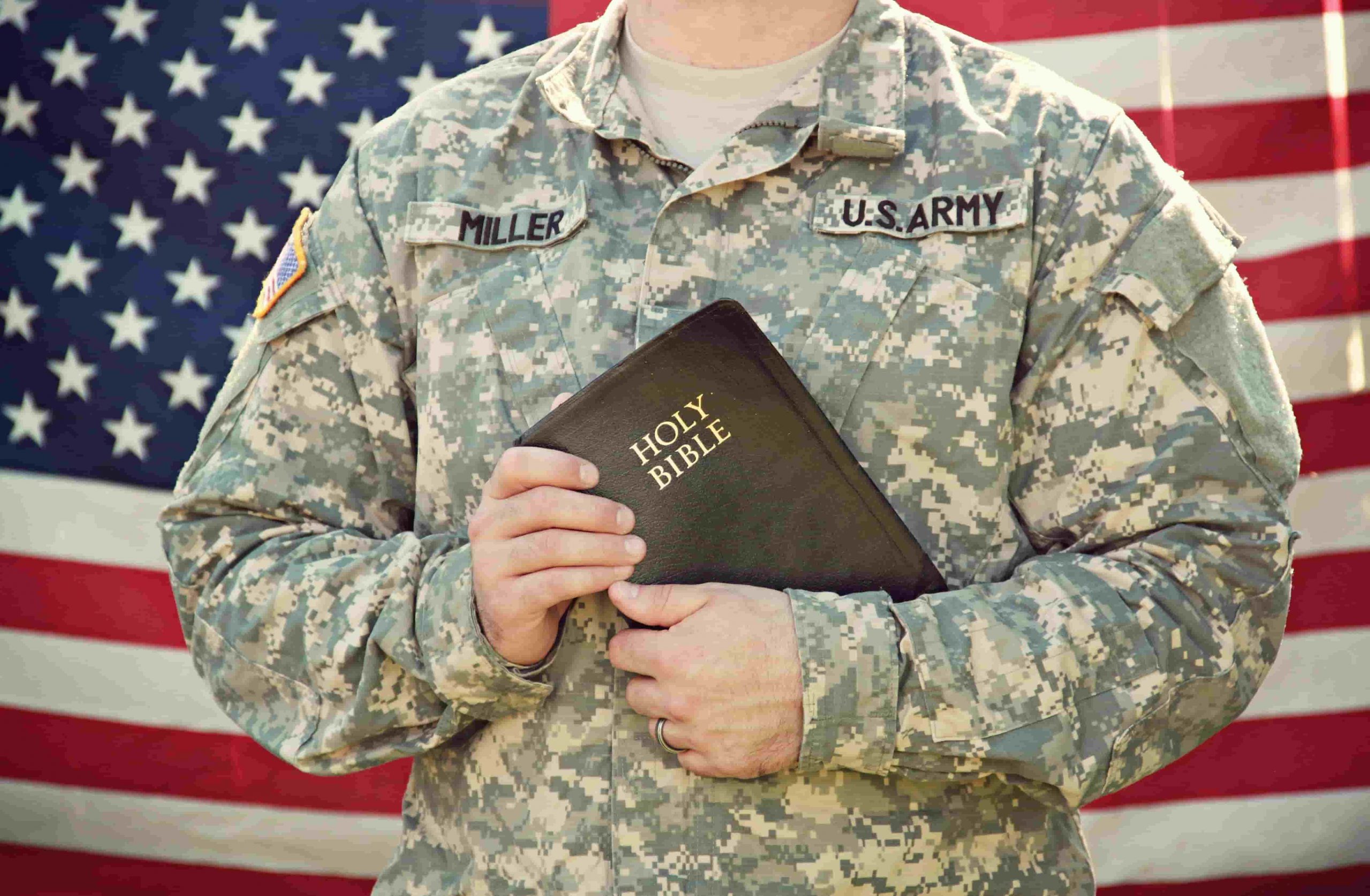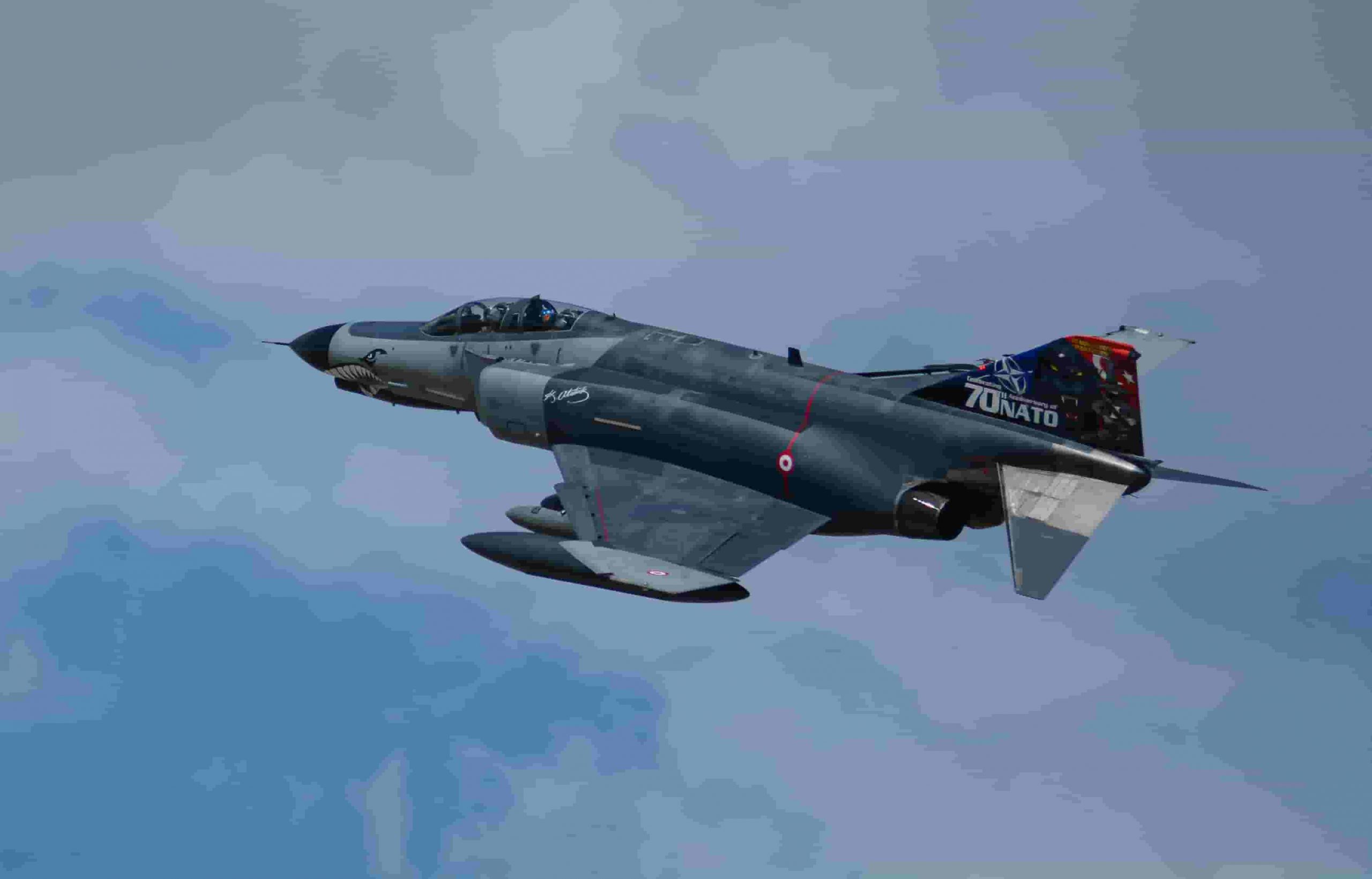Airborne operations have played a pivotal role in military strategy for nearly a century. From the early days of paratrooper assaults in World War II to modern rapid-response airborne units, the ability to deploy troops from the sky has revolutionized warfare. But where did airborne operations originate, how have they evolved, and what does the future hold for this unique military capability?
This article explores the historical milestones of airborne operations, examines their current role in modern warfare, and looks ahead at technological advancements that may shape the future of airborne forces.
The Origins of Airborne Warfare
The idea of deploying troops by air was first conceptualized in the early 20th century. While early military aviation focused primarily on reconnaissance, strategists soon recognized the potential of using aircraft to deploy soldiers behind enemy lines.
During World War I, limited experiments were conducted with dropping troops from aircraft, but it wasn’t until the interwar period that nations began seriously developing airborne units. The Soviet Union was the first to test large-scale airborne operations, conducting major paratrooper exercises in the 1930s. Inspired by these developments, Germany, the United States, and Britain began forming their own airborne forces in the years leading up to World War II.
World War II saw the first large-scale airborne assaults, with German Fallschirmjäger (paratroopers) leading airborne attacks during the invasions of Belgium, the Netherlands, and Crete. However, it was the Allied forces who perfected airborne warfare, particularly during Operation Overlord (D-Day) in 1944. Thousands of American, British, and Canadian paratroopers were dropped behind enemy lines to secure key positions ahead of the amphibious landings in Normandy. This operation proved the immense value of airborne forces in modern warfare.
The war also highlighted some of the risks of airborne operations. The Battle of Arnhem (Operation Market Garden) in 1944 demonstrated how airborne troops could be vulnerable to counterattacks if they were dropped too far from their objectives or lacked sufficient ground support.
Airborne Forces in the Cold War and Beyond
Following World War II, many nations maintained airborne units, but the role of these forces evolved. The Cold War saw the continued development of paratrooper units as rapid-reaction forces capable of responding to crises anywhere in the world.
- The United States Army’s 82nd Airborne Division and the 101st Airborne Division became key elements of American military power, ready to deploy at a moment’s notice.
- The Soviet Union expanded its airborne capabilities with the formation of the VDV (Vozdushno-Desantnye Voyska), an elite airborne corps trained for large-scale operations.
- NATO countries also invested in airborne forces, ensuring they could deploy troops quickly in case of a conflict with the Warsaw Pact.
Airborne forces saw action in multiple conflicts, including:
- The Korean War (1950-1953), where paratroopers conducted several combat jumps.
- The Vietnam War (1955-1975), where helicopters gradually replaced traditional airborne insertions as the preferred method of troop deployment.
- The Falklands War (1982), where British paratroopers played a crucial role in reclaiming the islands from Argentina.
As military technology advanced, the role of airborne forces shifted from large-scale parachute drops to more specialized missions. Helicopters and tilt-rotor aircraft like the V-22 Osprey allowed for rapid troop deployment without the risks associated with parachute insertions.
Modern Airborne Operations
Today, airborne forces are used in a variety of roles, from strategic deterrence to counterterrorism and rapid-response missions. While large-scale parachute drops are rare, modern airborne troops remain an essential part of military strategy.
Some of the most significant airborne operations of the 21st century include:
- The U.S. Invasion of Afghanistan (2001): The 82nd and 101st Airborne Divisions played a crucial role in early combat operations.
- The Iraq War (2003-2011): Airborne forces were deployed to secure key infrastructure and assist in urban combat.
- Counterterrorism Missions: Special operations units such as the U.S. Army Rangers and British SAS frequently use airborne insertions for raids against high-value targets.
Modern airborne operations also benefit from improved equipment, including:
- Advanced Parachutes: Modern steerable parachutes allow for precise landings and reduced risk of injury.
- Night Vision and Tactical Gear: Airborne troops now operate effectively in low-light environments, increasing mission success rates.
- Airborne Armor and Mobility: New lightweight armor and rapid-deployment vehicles enhance the survivability and effectiveness of airborne troops.
Despite these advancements, airborne operations remain inherently risky. Troops are still vulnerable during descent, and logistics for resupply in contested environments can be challenging. However, advancements in drone support, satellite communication, and rapid airlift capabilities are helping mitigate these risks.
The Future of Airborne Warfare
Looking ahead, airborne operations will continue to evolve with emerging technologies. Some of the most promising advancements include:
- Autonomous Cargo Drones: These could revolutionize airborne logistics, delivering supplies to troops without the need for manned aircraft.
- Hypersonic Transport: Future airborne forces may be able to deploy anywhere in the world within hours using hypersonic aircraft.
- Exoskeletons and Enhanced Mobility: Soldiers equipped with powered exoskeletons may be able to carry heavier loads and move more efficiently after landing.
- Stealth Parachutes and Silent Insertion: Developments in material science may lead to ultra-quiet parachutes that reduce the noise signature of airborne insertions.
Some experts predict that space-based rapid deployment could one day replace traditional airborne operations. Concepts such as “orbital paratroopers”—troops delivered from space into combat zones—are still theoretical but may become feasible within the next few decades.
Conclusion
From the daring paratrooper drops of World War II to the high-tech airborne operations of today, the ability to deploy troops from the sky has shaped military history. While the nature of airborne warfare has changed, the core principles remain the same: speed, surprise, and strategic positioning.
As technology advances, airborne operations will continue to play a vital role in global security. Whether through precision airdrops, rapid airlift capabilities, or futuristic deployment methods, the legacy of airborne forces remains one of adaptability and innovation.
For now, airborne troops remain an elite force, ready to deploy at a moment’s notice—wherever the mission demands.

